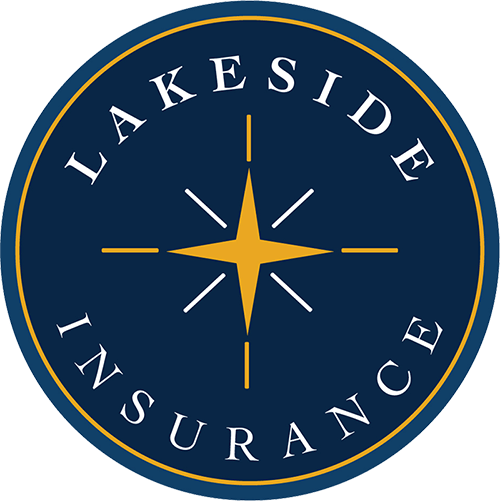
Construction defects include design flaws, poor workmanship, product defects and subsurface deficiencies. When the products and materials you use are defective, you can be held liable. That’s because the project owner can name you in a lawsuit, even if you aren’t at fault.
Imagine you’ve installed a roof. The roof starts leaking, and the owner calls you to complain. There are no workmanship problems, but the owner sues for a replacement roof and damages the leak did to their building.
You decide to make the customer whole and pursue insurance coverage from your commercial general liability (CGL) policy. Your CGL policy covers the damage caused by the leaky roof, but not the labor or materials to replace it. That’s because your policy excludes previously concluded professional services.
CGL is essential, but coverage is limited
CGL helps pay for expenses when someone other than an employee sues you for bodily injury or property damage that occurs on your business premises or where you perform your work. CGL also helps pay for legal defense and settlements in these circumstances.
CGL coverage is triggered by an “occurrence” such as an accident or exposure to conditions that results in harm. However, in about half the states, courts have found that property damage caused by defective construction is not an occurrence covered by CGL. Even if your CGL policy does cover defective construction, it won’t pay for your crew to replace defective materials.
Luckily, several coverages can help fill the gap. These are contractors errors and omissions (E&O) insurance and faulty workmanship insurance.
E&O can cover the cost of replacement
Contractors E&O insurance helps pay for your costs when you make mistakes during construction. It’s a first-party coverage, meaning it covers you, the insured. Conversely, CGL is a third-party coverage that responds when your work harms others.
Contractors E&O policies are nonstandard and vary across insurance companies. Your insurance professional can help you select a policy that will cover the type of work you do against claims of faulty workmanship, materials and design. Look for a policy that will cover losses from your own errors, omissions and negligence, as well as defective materials and products you install.
Here’s an example of how contractors E&O works: Say you complete a $25,000 electrical job. Months later, defective wiring you installed causes a fire. Your CGL policy covers the damage to the building, while contractors E&O covers your costs to replace the wiring.
Faulty workmanship insurance can help, too
Some insurers now offer a coverage known as faulty workmanship insurance, usually sold as an add-on to contractors professional liability (CPrL) policies. CPrL covers construction management and design-build liability exposures.
Faulty workmanship insurance expressly covers “your work” exclusions in your CGL policy. It can also cover the use of defective materials and products in your work, including the cost to repair or replace those materials. You must directly perform the work, so your subcontractors’ work isn’t included.
Contracts, warranties and good communication
The best way to reduce your exposure to defect claims is to prevent them.
Make sure your contracts are in order and have an experienced construction attorney review them. Specify:
- The types of defects you’ll respond to and how they will be rectified
- Which products and materials are warrantied and who is responsible for their replacement
- The defects liability period
- The procedures for making a claim
- The scope of work, job requirements, material specifications and construction standards
Many building materials such as roofing, flooring, siding and solar panels carry their own warranties and conditions. Familiarize yourself with the warranty requirements. The manufacturer may show that you installed the product improperly, which could void the warranty.
To avoid defective materials and claims related to their damage, take these risk-reduction steps:
- Inspect materials before you install them.
- Test for defects.
- Follow construction best practices.
- Keep good records.
- Communicate frequently with the owner.
Your suppliers may carry their own product defect insurance. Find out what financial protection they may be able to provide you.
Call an insurance agent or broker who specializes in the construction market. They can help you close your coverage gaps, implement risk-control measures and get the financial protection you need.




